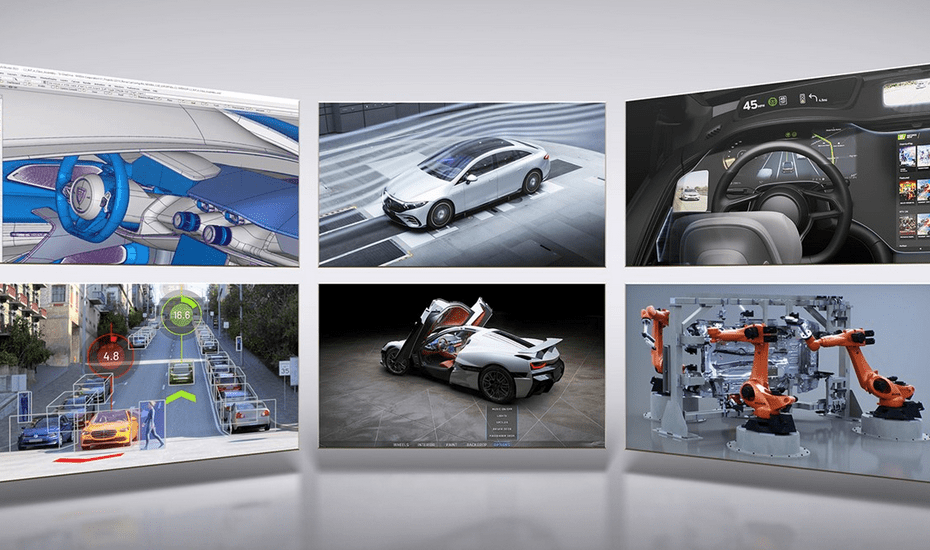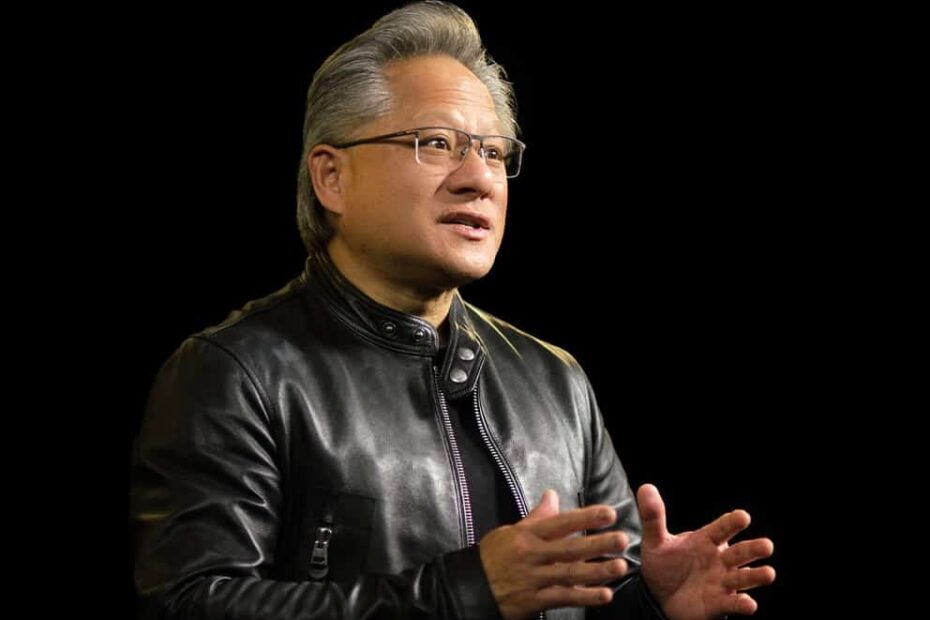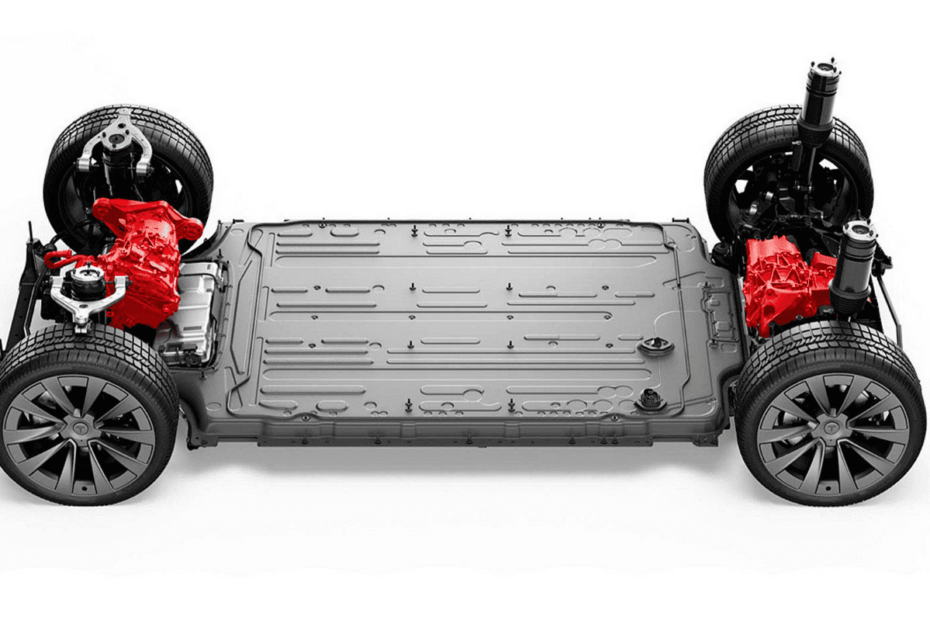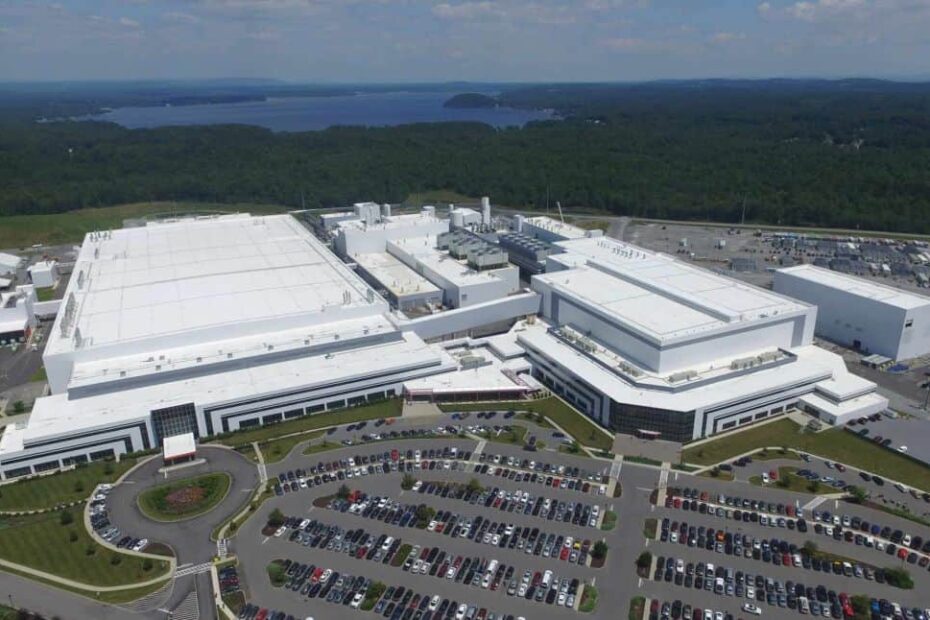Microchip: Preserving Corporate Culture After M&A
What’s at stake:
Microchip has kept what some might consider the lost art of employee-centric management. But how does a company preserve its culture when it keeps acquiring other companies. Microchip has answers.
The human resource management style of Microchip clashes with that of many Silicon Valley companies.
Headquartered in Chandler, Ariz., some 700 miles away from Santa Clara, Calif., Microchip has scrupulously retained, nurtured, and perfected the art of managing a congenial, cohesive, and people-centric company.
Read More »Microchip: Preserving Corporate Culture After M&A








